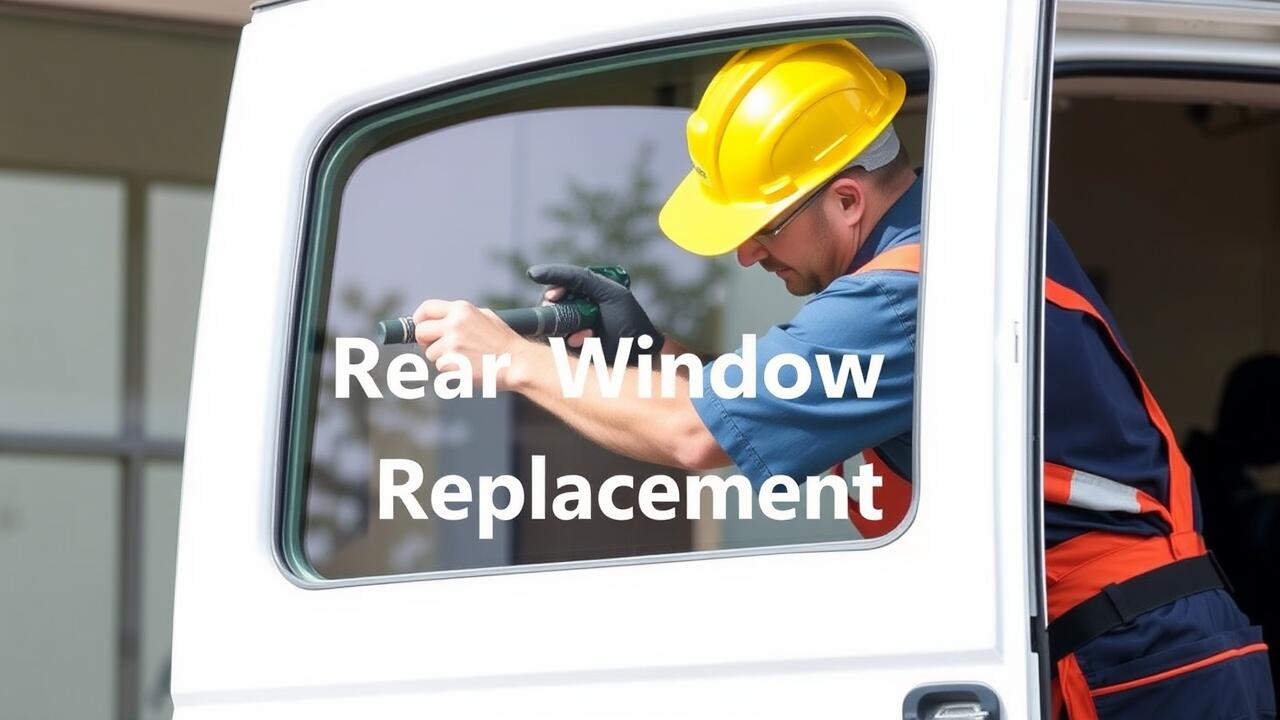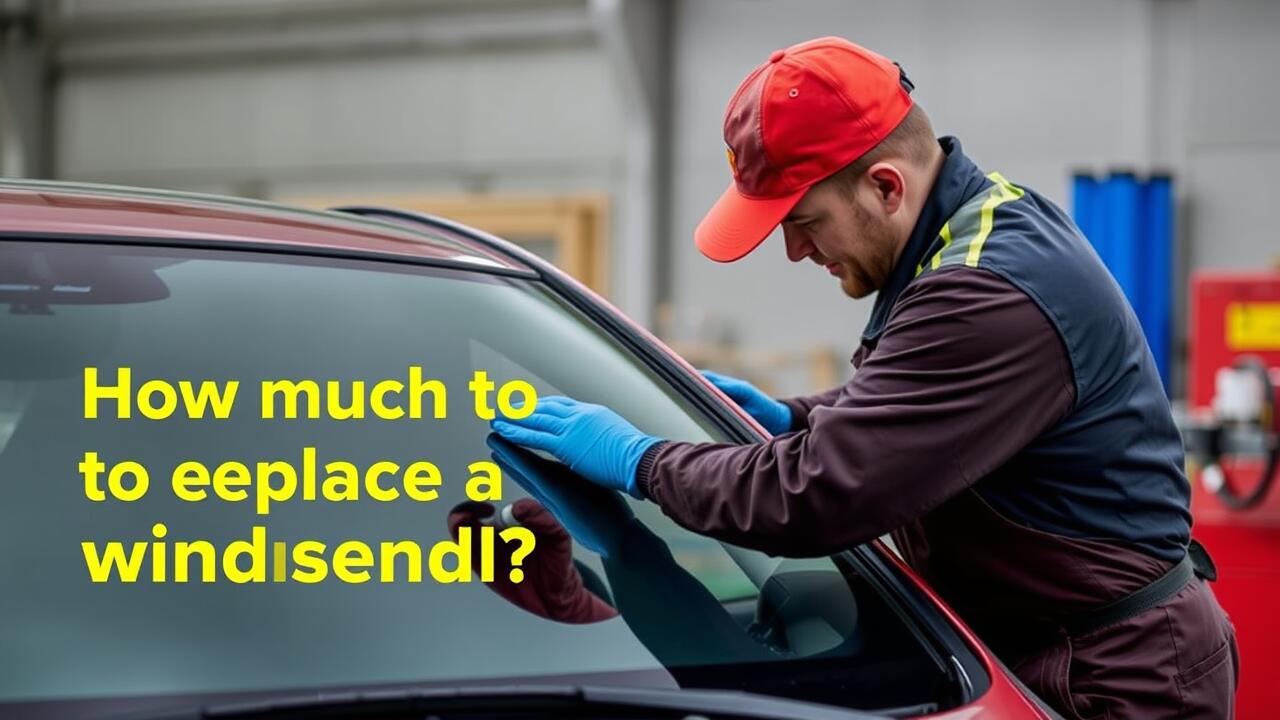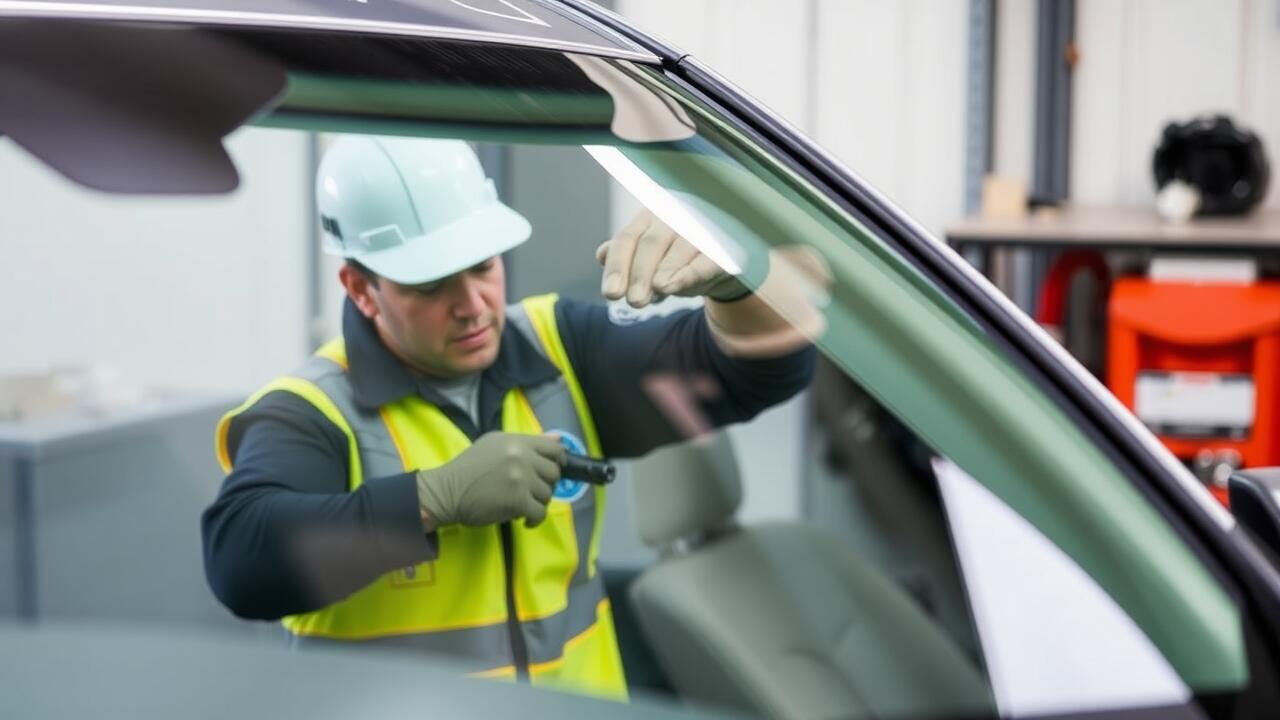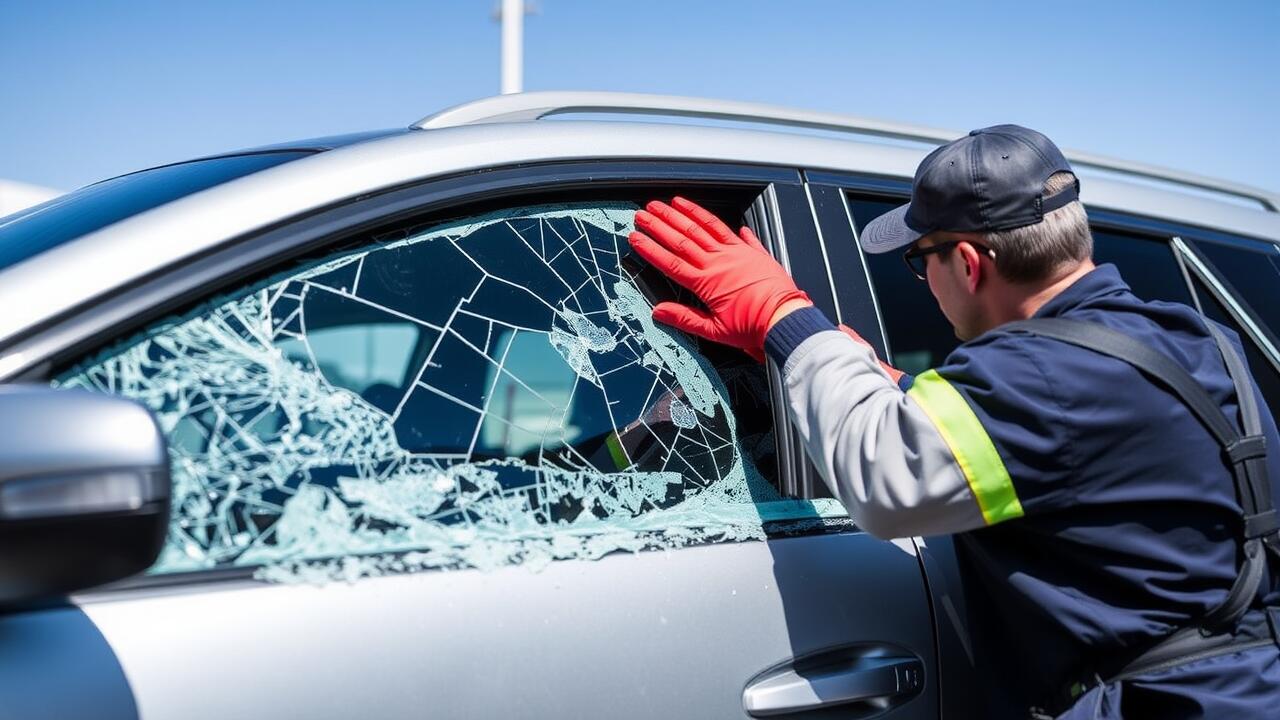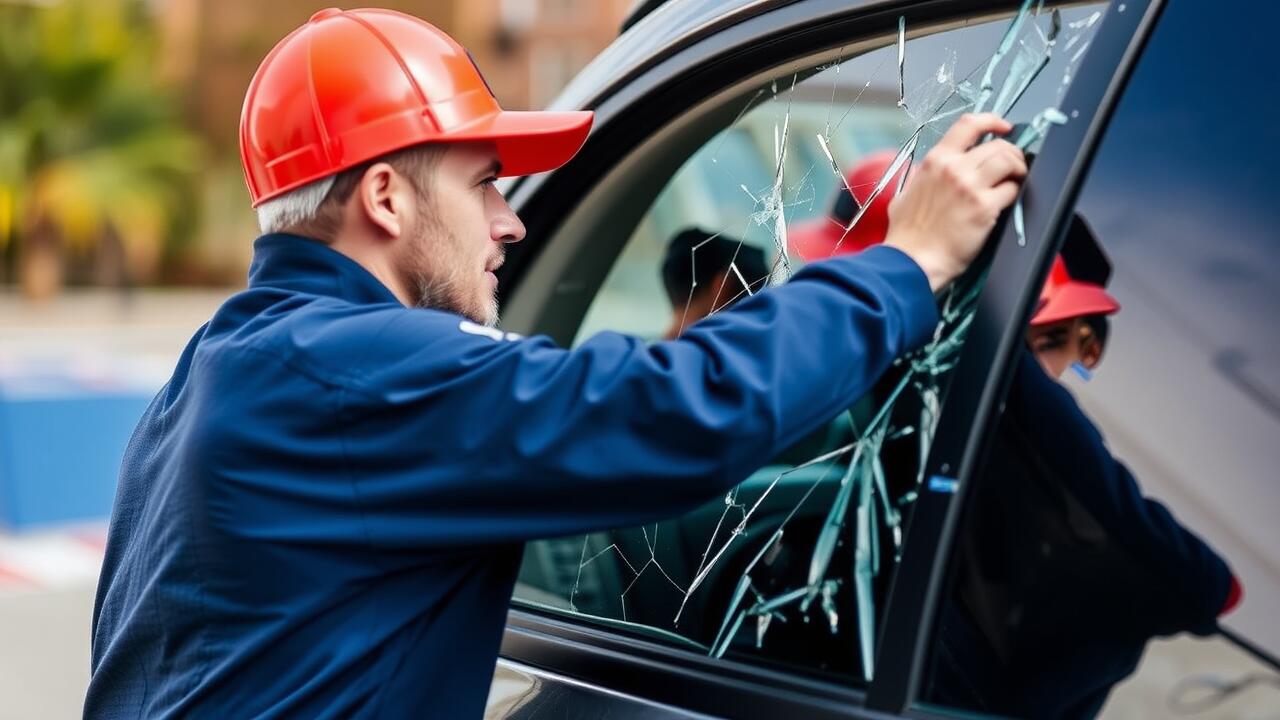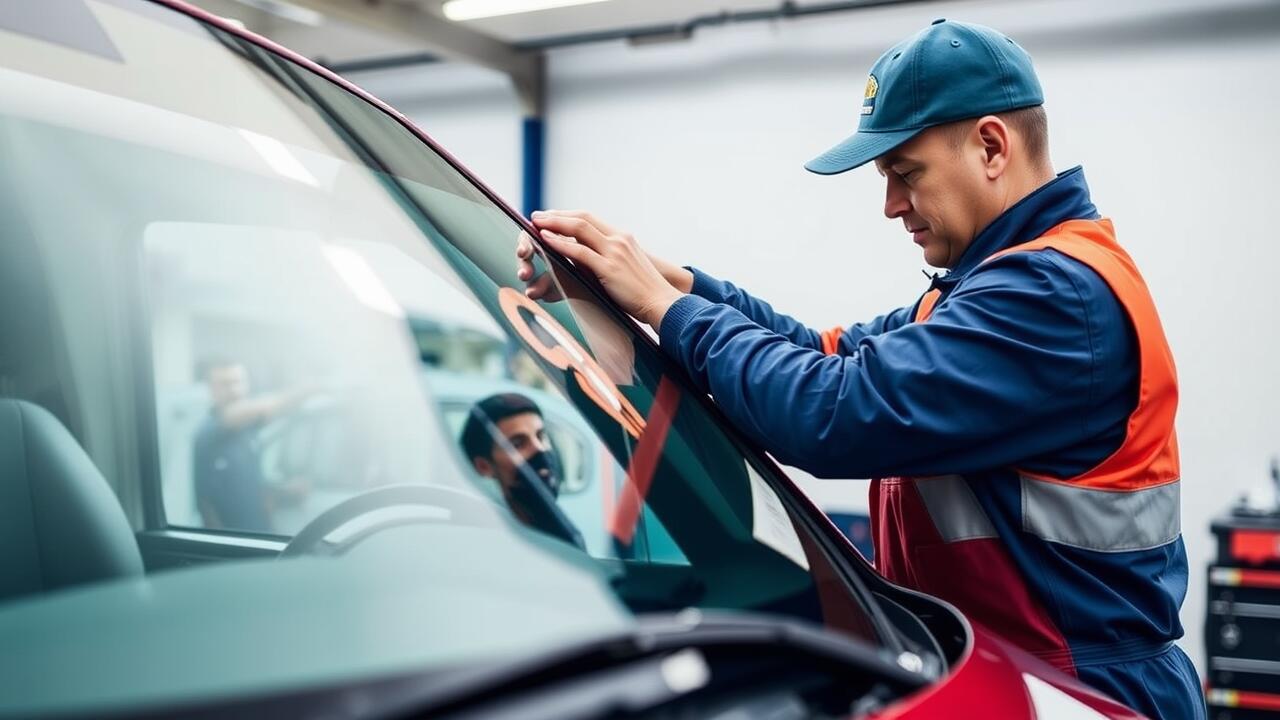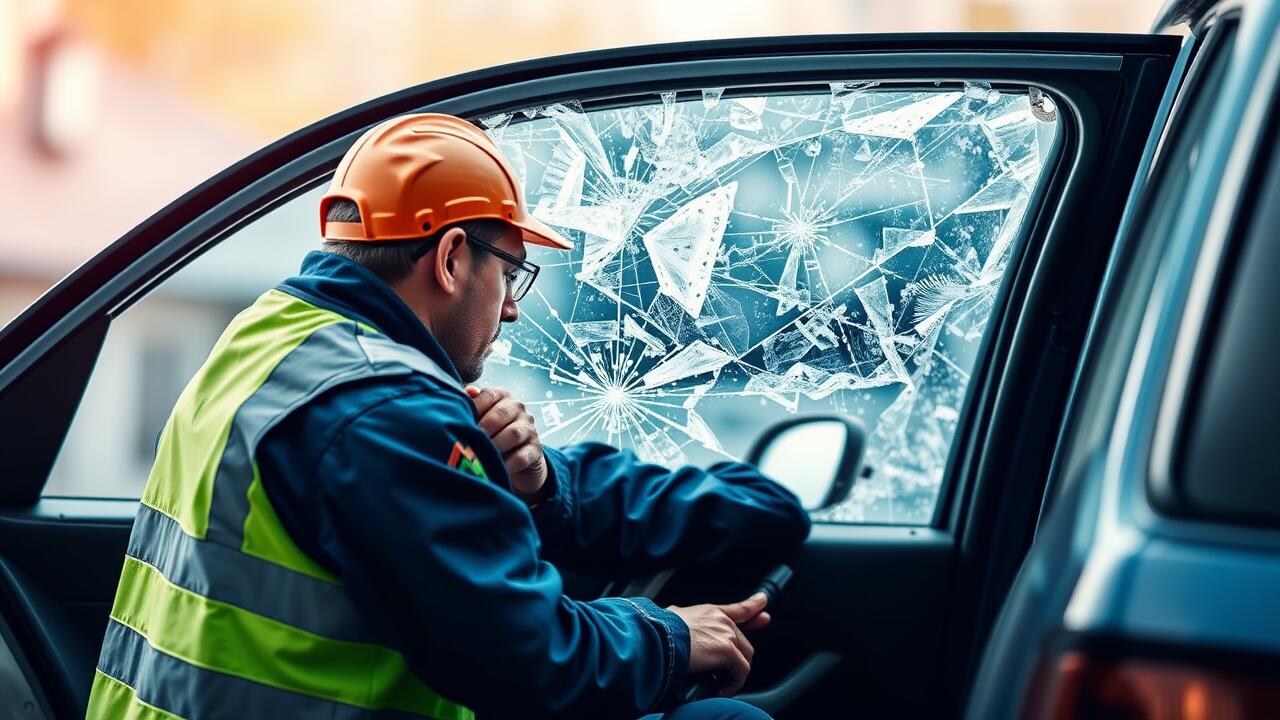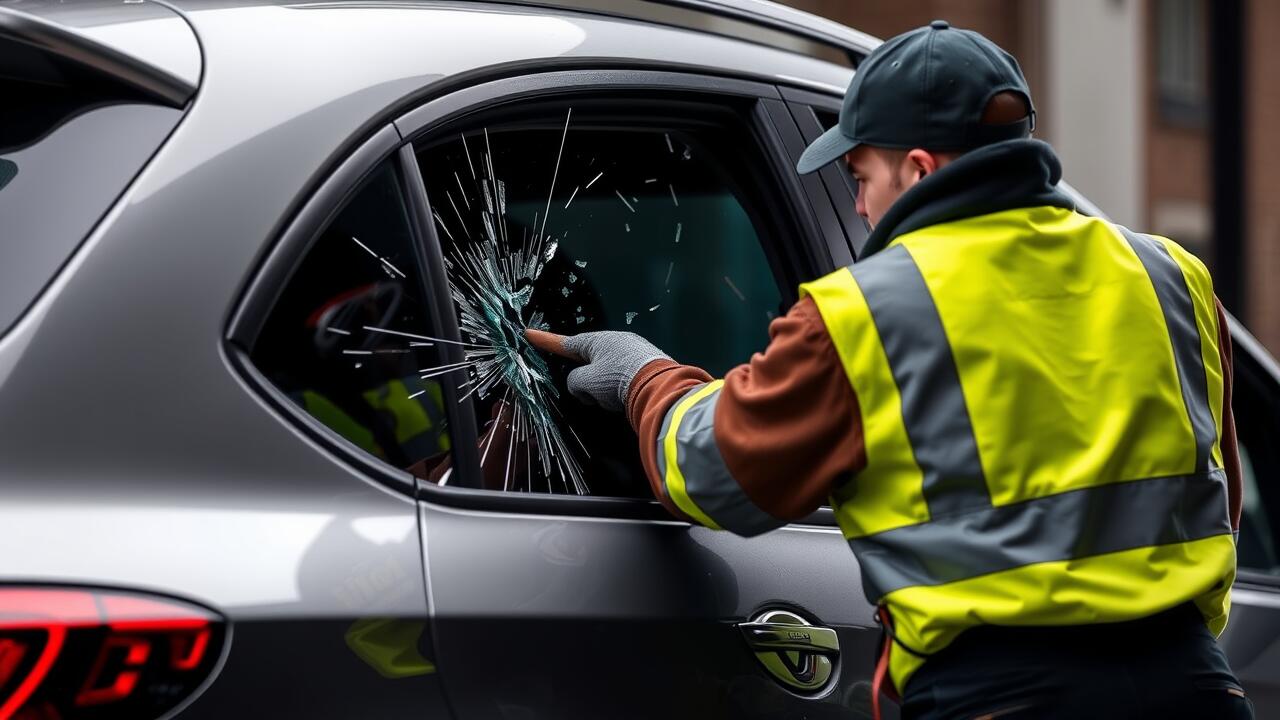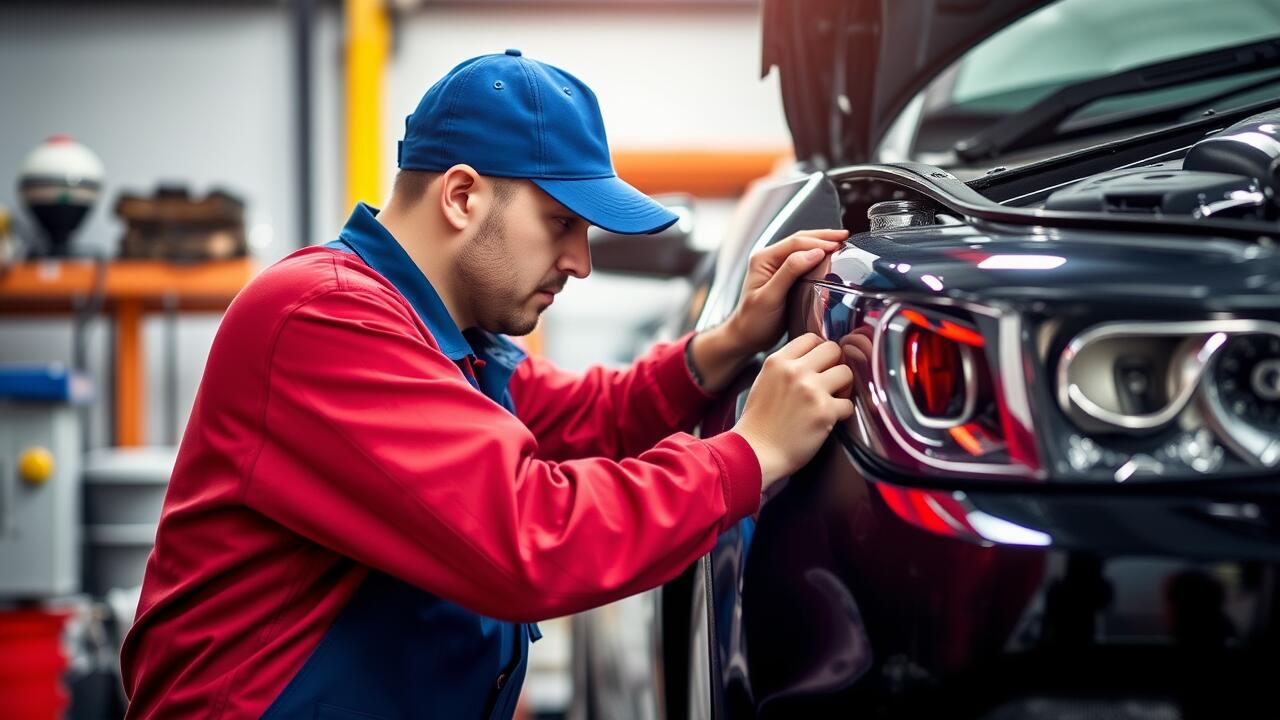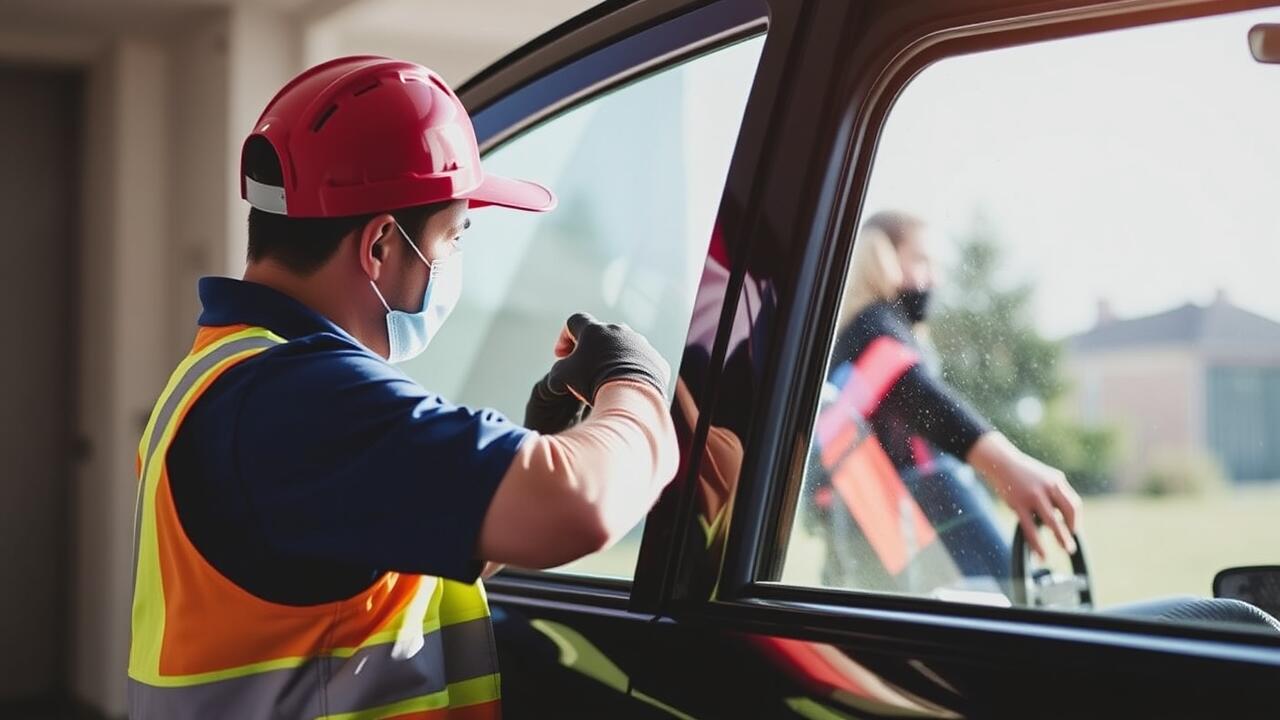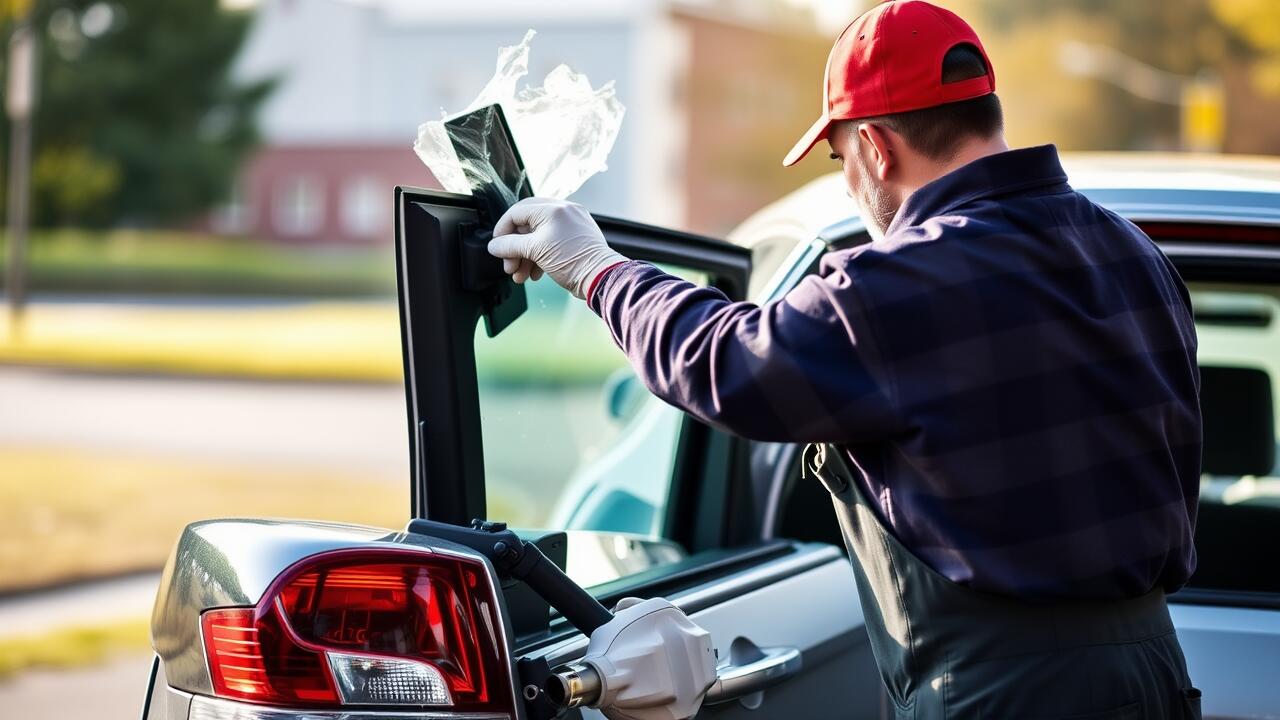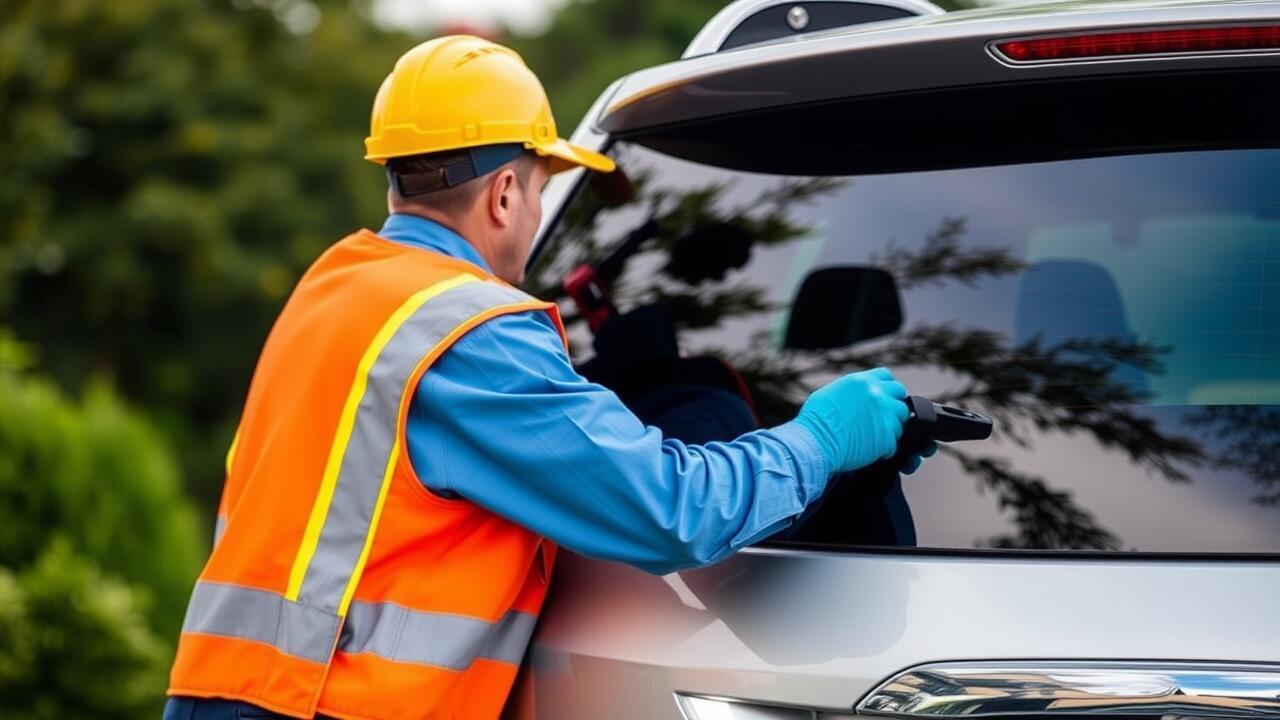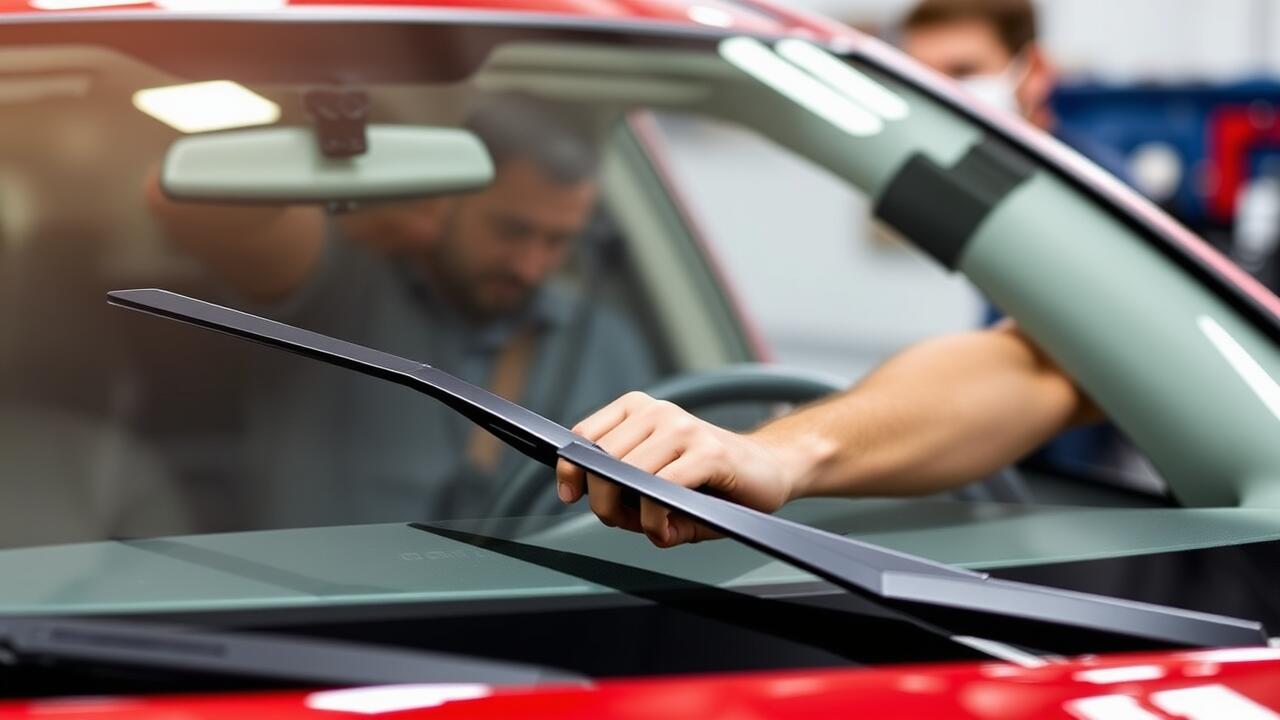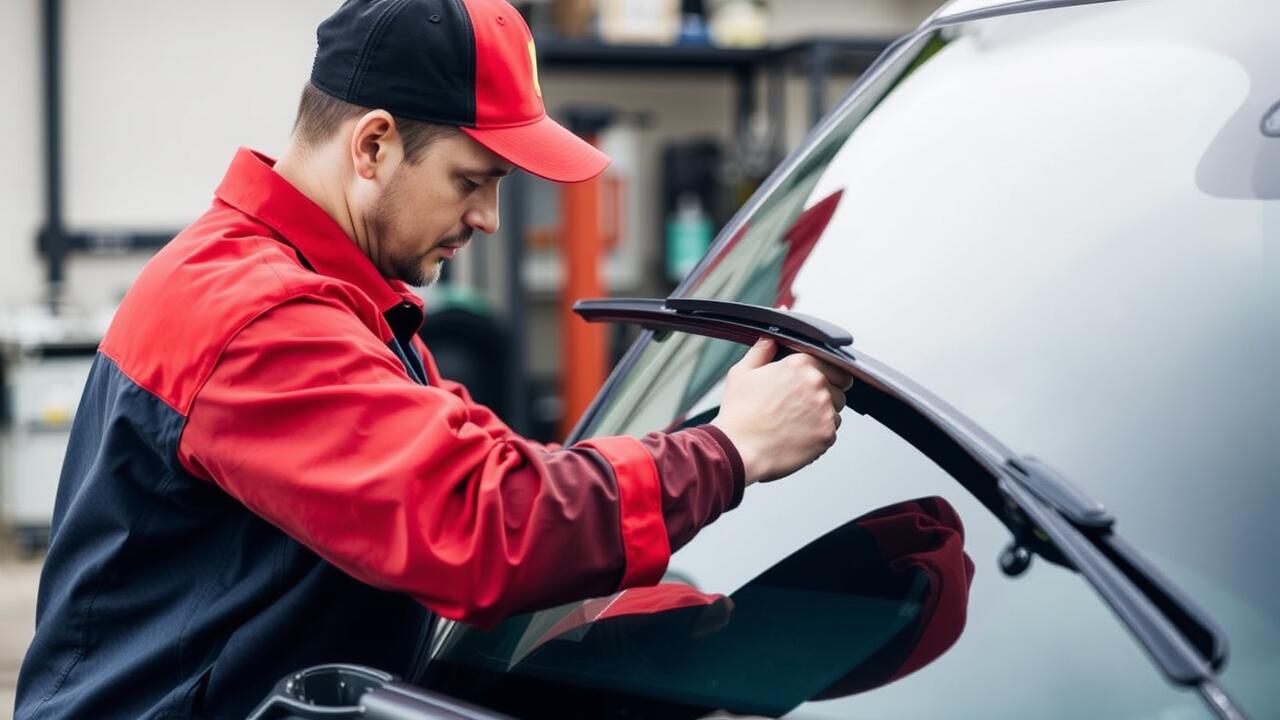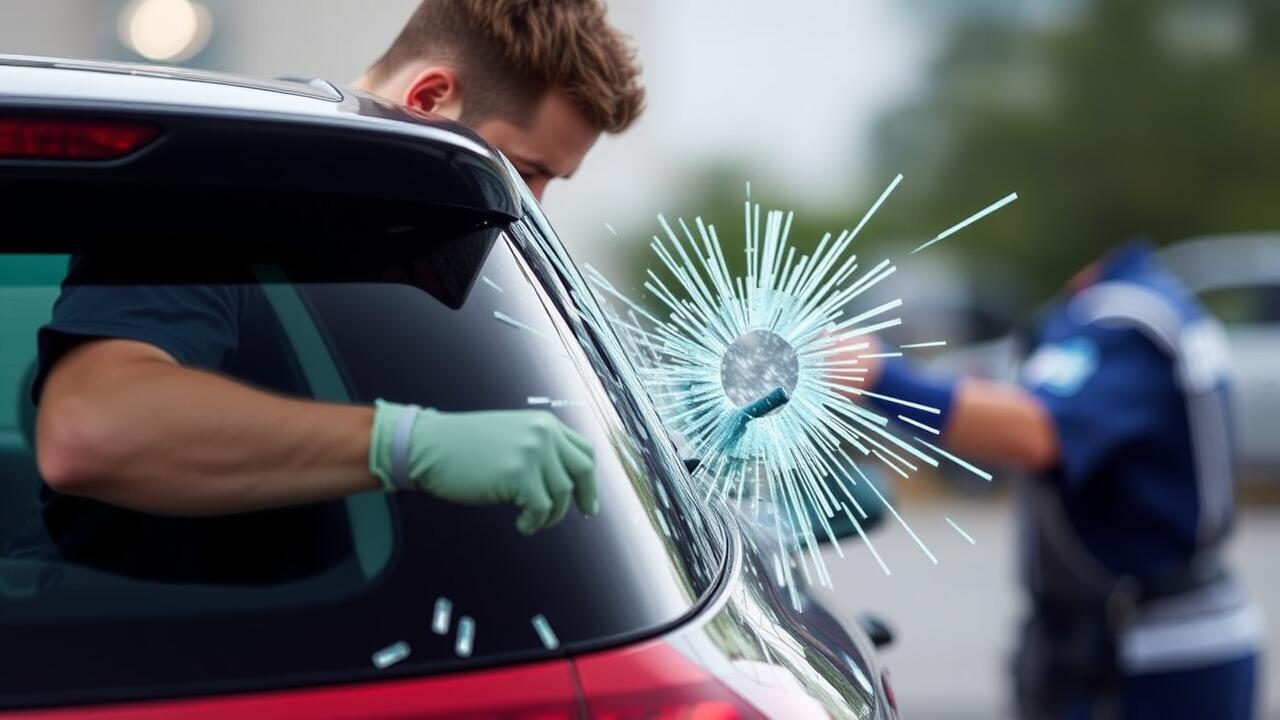
Table Of Contents
Vandalism and Its Impact on Vehicle Windows
Vandalism can have a significant impact on vehicle windows, causing not only immediate damage but also emotional distress for the owner. Acts of vandalism, such as breaking windows, can occur in various settings, leaving vehicles vulnerable in both urban and suburban areas. When a rear window shatters, it exposes the interior of the car to the elements and potential theft, prompting a swift response for repairs.
One of the most crucial steps after an incident of vandalism is securing a rear window replacement. Addressing the damage promptly not only restores the vehicle's appearance but also enhances safety. Ignoring shattered windows can lead to further complications, including additional damage from rain or snow and potential liabilities in case of theft. Ensuring that all windows are in good condition can help prevent future issues and maintain the vehicle’s resale value.
Recognizing the Signs of Intentional Damage
Identifying signs of intentional damage to a vehicle’s rear window is crucial for assessing the need for repairs. Notable discrepancies such as oddly shaped fractures or cracks radiating from a single point can indicate vandalism. These patterns often differ from those caused by environmental factors or accidents. Scratches or markings surrounding the window frame may also serve as potential indicators of tampering.
In many instances, a sudden shattering without any apparent physical impact may suggest intentional actions. The presence of broken glass both inside and outside the vehicle could further reinforce this suspicion. If damage is confirmed, timely rear window replacement becomes essential to restore the vehicle’s integrity. Documenting the damage with photographs can assist in any subsequent reporting to authorities or insurance claims.
Differences Between Tempered and Laminated Glass
Tempered glass and laminated glass serve different purposes in automotive design, particularly in rear window applications. Tempered glass, also known as toughened glass, undergoes a special heat treatment that enhances its strength. When shattered, it breaks into small, blunt pieces that are less likely to cause injury. This type of glass is commonly used for side and rear windows due to its ability to withstand temperature fluctuations and impacts.
Laminated glass consists of multiple layers fused together with a thick interlayer, typically made of polyvinyl butyral (PVB). This construction not only improves sound insulation but also provides safety features. When laminated glass breaks, it tends to crack while remaining intact due to the interlayer, reducing the risk of ejection from the vehicle. For those facing a damaged rear window, understanding the difference between these two types of glass can influence decisions regarding rear window replacement and overall vehicle safety.
Understanding the Types of Automotive Glass
Automotive glass comes primarily in two types: tempered glass and laminated glass. Tempered glass, often used for rear windows, is heat-treated for strength and safety. When shattered, it breaks into small, blunt pieces, minimizing the risk of injury. Laminated glass, typically found in windshields, consists of two layers of glass with a polymer interlayer. This design allows it to stay intact even when fractured, providing added safety by keeping shards from scattering.
Understanding the difference between these types is essential for vehicle owners. In cases of damage, rear window replacement may be necessary if the tempered glass has shattered beyond repair. Knowing the type of glass your car utilizes can help inform decisions about repairs and preventative maintenance, ensuring your vehicle remains safe and functional on the road.
Preventative Measures to Avoid Shattering
Taking proactive steps to maintain the integrity of a vehicle's rear window can significantly reduce the chances of shattering. Regular inspections for chips, cracks, or any signs of weakness in the glass are essential. Vehicles should be parked in well-lit areas to deter vandalism and minimize risk during extreme weather conditions. Investing in protective films or coatings designed to reinforce glass can also enhance its resilience against impacts.
In addition to these precautions, driving carefully can help protect the rear window from sudden jolts or impacts. Avoiding the transportation of heavy items that could shift during transit minimizes the risk of accidental damage. If a rear window does become compromised, a quick response is vital. Seeking immediate consultation for rear window replacement ensures safety and restores visibility, reducing potential setbacks on the road.
Tips for Maintaining Window Integrity
Regular maintenance of vehicle windows can significantly enhance their durability. Regular cleaning using appropriate solutions prevents dirt accumulation, which can lead to scratches. Inspecting the seals around windows helps identify any wear that could allow moisture and dirt ingress. Ensuring that window regulators are functioning smoothly prevents undue pressure on the glass when opening or closing.
Taking preventive measures against extreme temperature changes can also safeguard windows. When parked in harsh sunlight, using sunshades or films can limit heat exposure. Scheduling professional assessments for any chips or cracks is vital before they escalate into larger issues. In cases where damage occurs, prompt Rear Window Replacement ensures your vehicle maintains both functionality and safety.
FAQS
Can a car rear window shatter without any external impact?
Yes, a car rear window can shatter due to factors such as thermal stress, manufacturing defects, or age-related wear, even in the absence of external impact.
What causes a car window to shatter spontaneously?
Spontaneous shattering can result from extreme temperature changes, where the glass expands or contracts rapidly, or from microscopic flaws in the glass that weaken its structure over time.
How can I tell if my car window has been intentionally damaged?
Signs of intentional damage may include irregular cracks, scratches, or break patterns that don't appear consistent with an impact. Additionally, if there are other signs of vandalism on the vehicle, it may indicate intentional damage.
What types of glass are commonly used for car windows?
The two most common types of glass used for car windows are tempered glass, which is designed to shatter into small pieces, and laminated glass, which is made of two layers of glass with a plastic interlayer that holds the pieces together when broken.
What preventative measures can I take to avoid my car windows shattering?
To prevent shattering, ensure regular maintenance checks, park in shaded or protected areas to avoid extreme temperature fluctuations, and avoid placing heavy items on the window ledges that could exert pressure on the glass.
